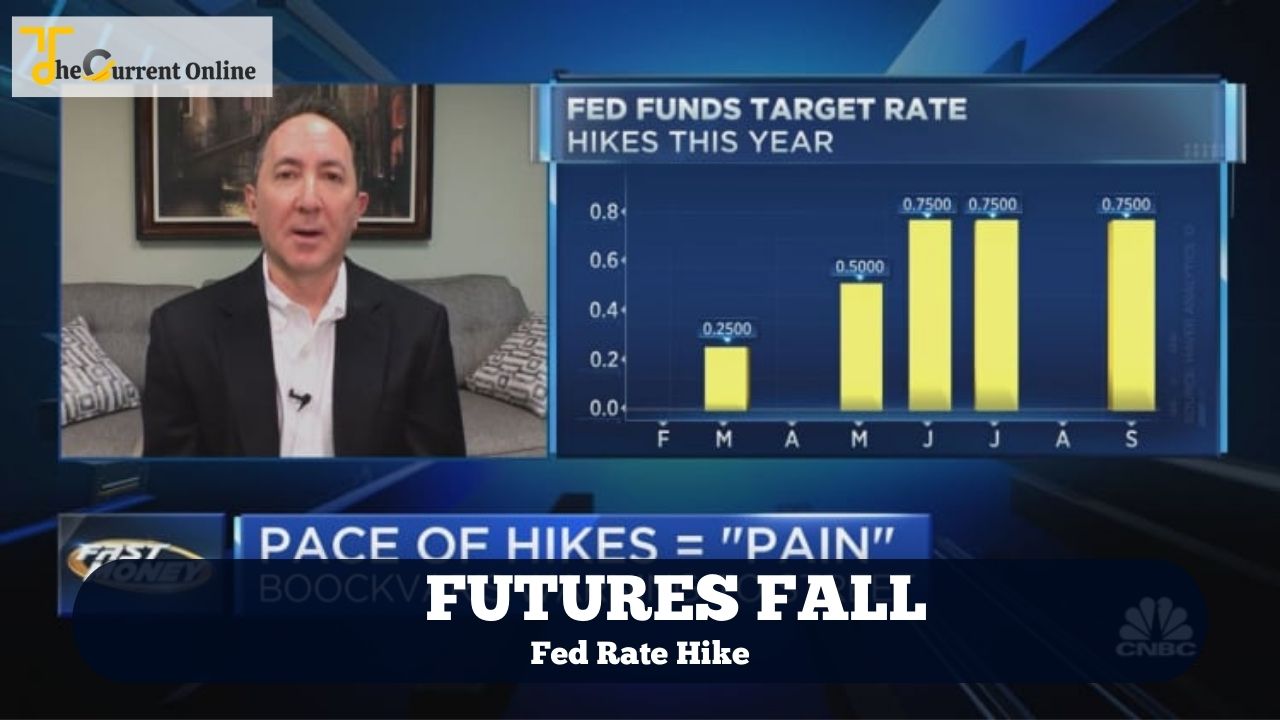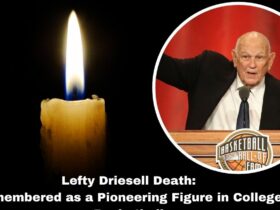Stocks in the United States finished lower Thursday, capping a volatile session with the Federal Reserve’s latest policy statement and following words from Chair Jerome Powell sent markets into chaos.
The S& P 500 fell 0.9%, while the Dow Jones Industrial Average dropped 100 points or 0.4%. The Nasdaq Composite, heavily weighted toward technology, fell 1.4%. The developments prolonged a Fed-induced sell-off that saw the S& P 500 and Dow lose approximately 1.7%, and the Nasdaq lose 1.8% on Wednesday and representing the third consecutive day of falls for US equity markets.
Other noteworthy moves in the aftermath of the Fed’s announcement included the rate-sensitive 2-year Treasury note remaining above 4.1%, its highest level since 2007, and the 10-year Treasury note remaining near 3.5%, its highest level since 2011.
On Wednesday, interest rates in the United States were raised by 75 basis points for the third time in a row, increasing the federal funds rate to a new range of 3.0% to 3.25%, up from a current capacity of 2.25% to 2.5%.
Policymakers also expect higher rates to be maintained, with the fed funds rate climbing to 4.4% by the end of this year and 4.6% by the end of 2023. This is an increase from 3.4% this year and 3.8% prior.
Several central banks across the world followed the Fed’s lead on Thursday. The Bank of England upped its key interest rate by 50 basis points, while Switzerland’s National Bank increased its rate by 75. Market participants also anticipate that the European Central Bank will hike interest rates when it meets next month.
#ETNOWExplains | 90 #CentralBanks have raised rates in 2022!
With Japan's rare move to strengthen the #Yen while #Turkey cuts rates despite 80% #inflation, @VikramOza explains why #recession is not a taboo anymore pic.twitter.com/rVJc5cVSA4
— ET NOW (@ETNOWlive) September 22, 2022
“The Fed is crafting a hard landing with the new rate estimates – a gentle landing is almost out of the question,” Principal Global Investors Chief Global Strategist Seema Shah said. “Powell’s acknowledgment that there will be below-trend growth for a while should be seen as central bank jargon for recession.'”
Specific economic indicators mirrored the Fed’s campaign. Mortgage rates rose again, approaching 6.3% on a 30-year fixed loan and maintaining their highest level since 2008.
In other news, the Labor Department said Thursday that initial jobless claims increased to 213,000 in the week ending September 17 from a downwardly revised 208,000 the previous week — the lowest level since May. According to Bloomberg consensus estimates, economists predicted 217,000 claims.
In corporate news, shares of Lennar (LEN) climbed 2% following earnings, even though the homebuilder stated rising interest rates hurt its third-quarter profits.
KB Home (KBH) was also a mover, citing headwinds from persistent supply chain difficulties and warning that the issues could impact fourth-quarter results. The stock dropped 5%.
Losses in the S&P 500 According to Compound Advisors statistics, Wednesday marked the index’s 29th drop between 1% and 2% this year, the highest since 2008. On Thursday, it was able to avert a 30th.
FAQs
What is a Fed rate hike?
The Federal Reserve hiked its benchmark short-term interest rate by three-quarters of a percentage point to a range of 3% to 3.25%, a higher-than-normal level intended to reduce inflation by slowing the economy. It also considerably increased its projection for that rate at the end of this year and in 2023.
What exactly is the Dow Jones?
What Is the Dow Jones Index? The Dow Jones Industrial Average combines the prices of 30 of the most actively traded equities on the NYSE and Nasdaq. It is a stock market index that assists investors in determining the overall direction of stock prices.
What does a drop in s& p futures mean?
If the S& P futures are going downward all morning, stock prices on US exchanges are likely to fall when trading resumes. The opposite is also true, with rising futures prices implying a higher open.
How can you know if the market will open higher or lower?
If the price is lower than the previous day’s closing price, the stock market will likely open lower. If the cost exceeds the last day’s closing price, the stock market will likely open higher.




